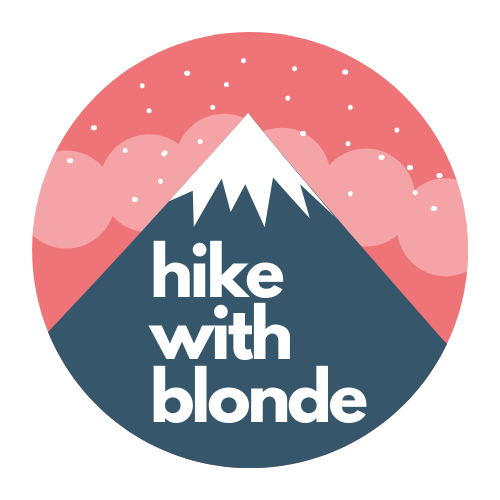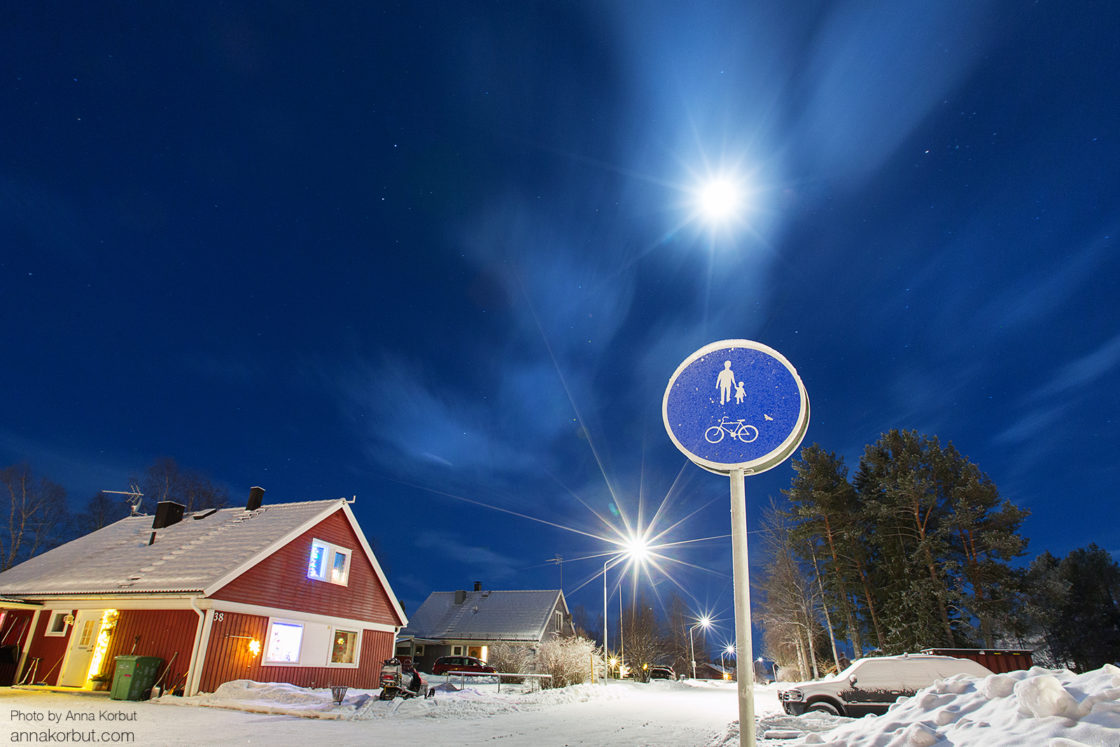Central Sweden resembles the rolling Carpathians. Snow-covered hills dotted with slender spruces and flexible birches. Between them, yellow and red wooden houses. On the coastal shore, port towns emit stern plumes of smoke from factories.
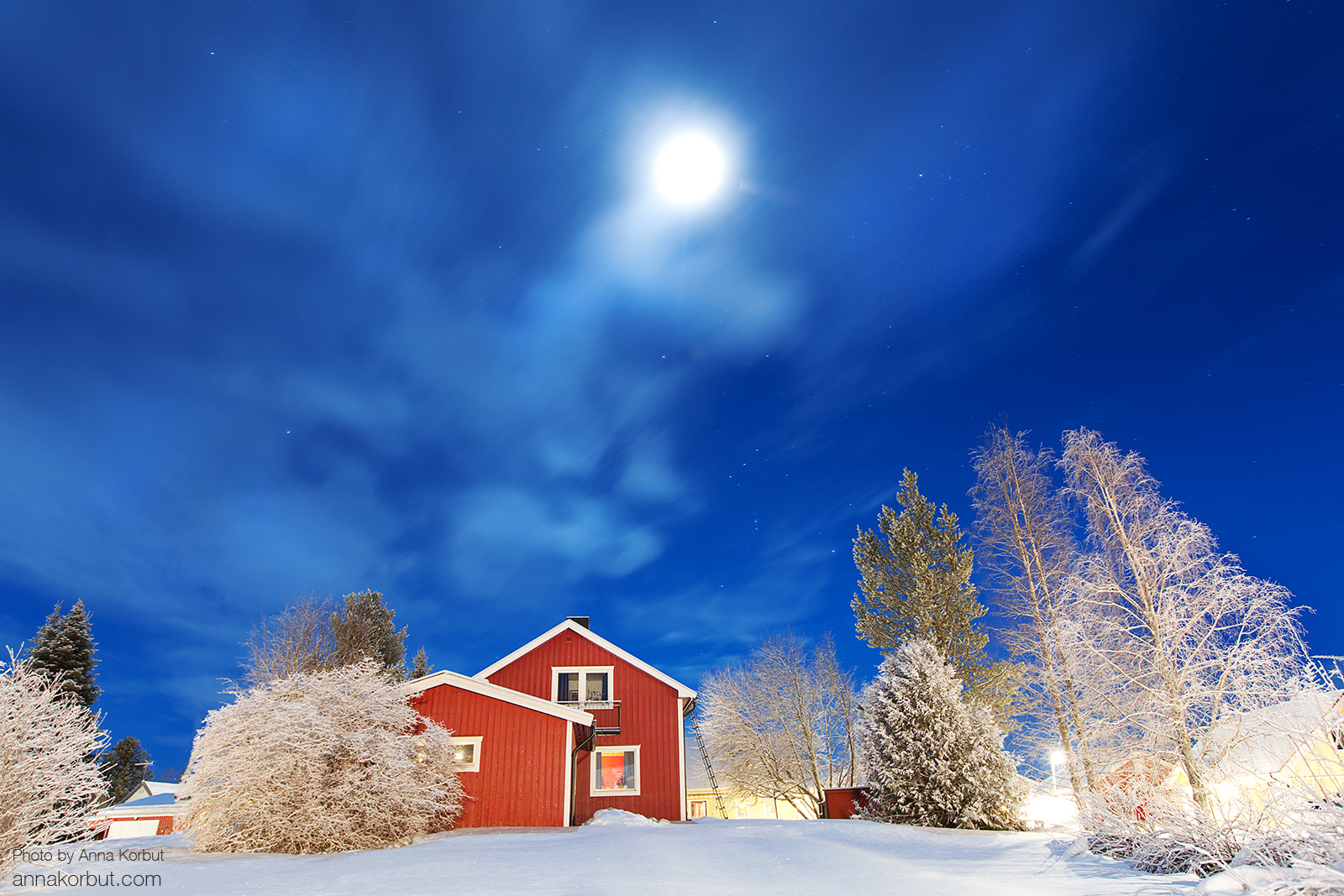
Lagom and Swedish Harmony
The Danish word “hygge” has a Swedish cousin — “lagom.” Lagom translates as “moderate,” “balance,” “optimal,” or “just right.” It’s about having just enough, but not too much. The Swedish style was a revelation to me since my visit to Stockholm: windows without curtains, simple house façades, IKEA furniture, and elegant suits. There’s a calm, joyful mood among the locals even in stressful situations.
But in the small towns, wooden houses scattered across fluffy snowy wilderness create a different kind of harmony. Amid kilometres of spruce forest, another cosy and colourful town sits by a lake. Strömsund is home to about 3,500 people. Charming one-storey houses stand freely over several tens of kilometres. Lamps and stars constantly glow in the windows, flowers remain green. The snow crunches underfoot, the -20°C frost nips at cheeks, yet walking feels warm. Here, the stars in the windows shine as if stepping inside such a house would bring a miracle.
You walk through the frozen snowy emptiness, stars above and below in every window. The frost fades away, leaving only a fairytale. In this magical state, I wandered around Strömsund for about four hours past midnight, photographing stars and houses. The only company was smoke from chimneys, like friendly household spirits out for a stroll.
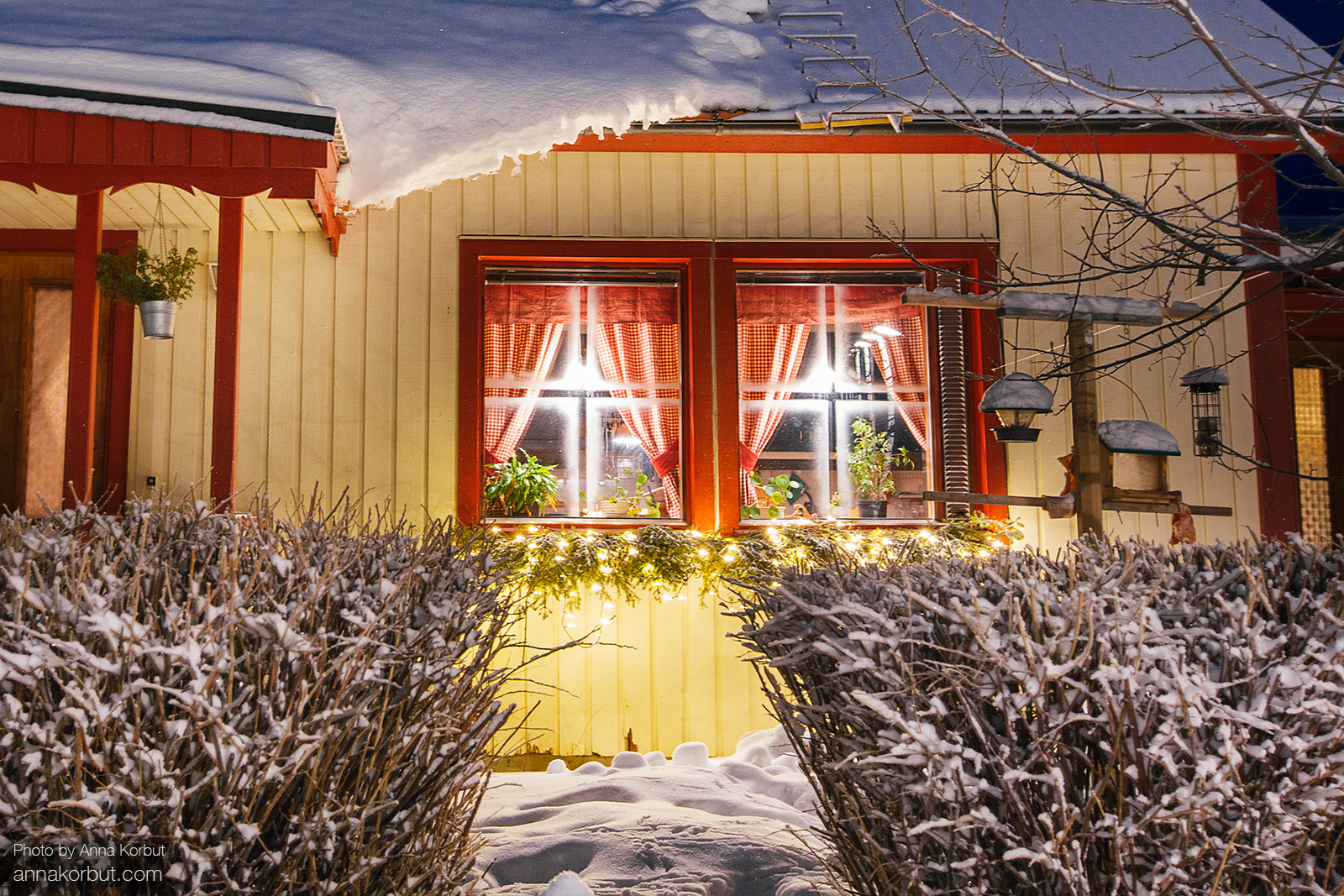
Socialism, Democracy, and Monarchy All at Once
The towns here are built for people — the Scandinavian model of social democracy works. Life is comfortable, the surroundings are beautiful, and sports facilities are nearby and free. Factory workers earn salaries comparable to top managers. This social system has a strong foundation. For many centuries, Sweden was home to free people who cultivated their own land. The country remained neutral in wars and was peaceful among themselves.
Sweden has the highest taxes in Europe — around 50% of wages. But even more important is the mutual trust, effective trade unions, and communities that genuinely care about life in their districts. Every Swede builds a house in the traditional style, decorates it, and keeps the windows open. They plant trees and maintain cleanliness. Local municipalities invest in libraries, cafés, and ski trails.
Ukrainians could learn a lot from this model, especially the personal responsibility each individual takes for the space around and within themselves.
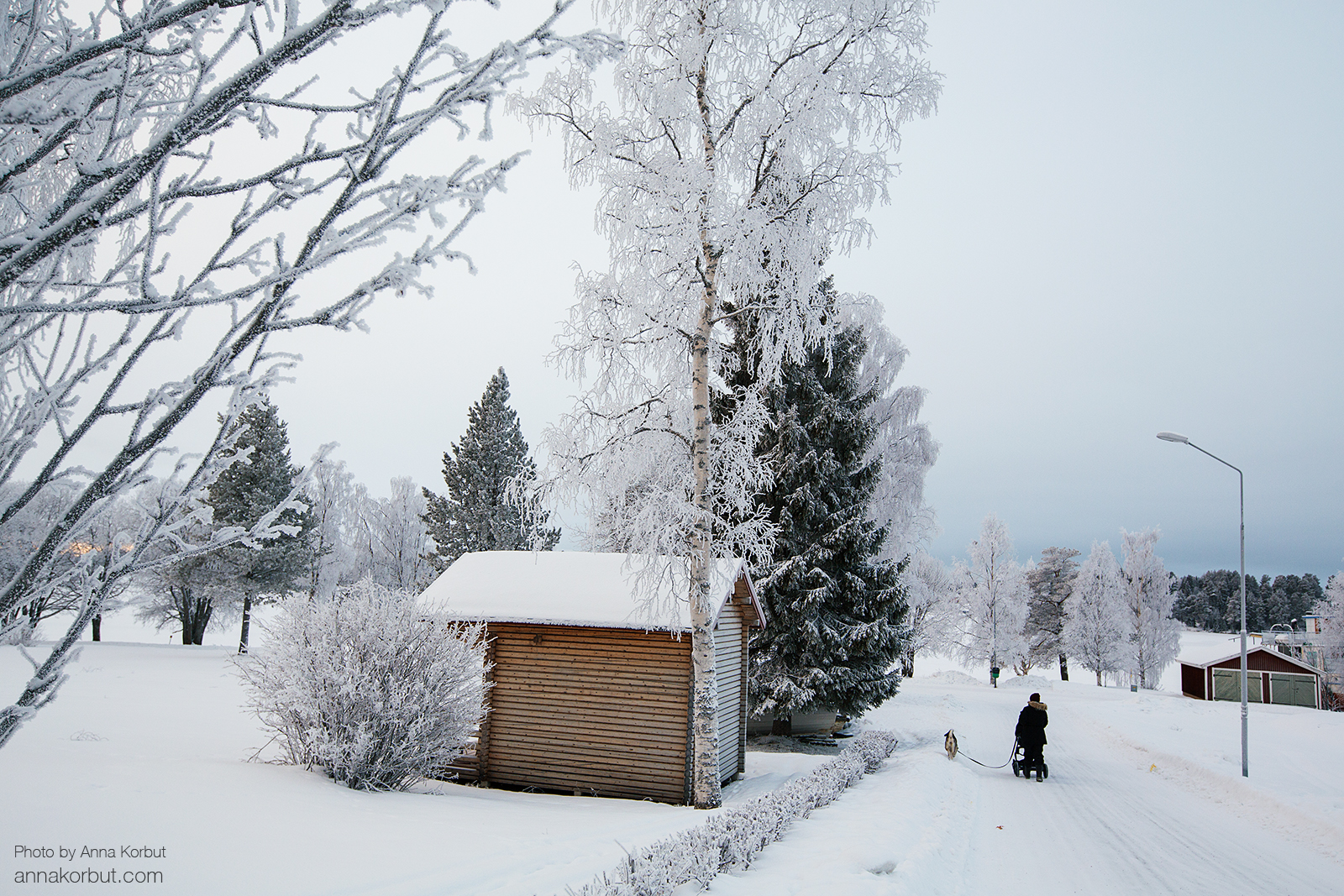
Winter Slopes
Every Swede here owns plenty of sports gear: skis, skates, boards, and suits. Ski trails in the forests near towns are lit up at night. And in January, night falls as early as 4 pm. Commercial ski resorts for visitors offer chairlifts and equipment rentals.
The local slopes are small and cosy. A couple of runs, a T-bar lift, and a tiny café. The slope I skied on was created by the local community, while the café and lift are privately owned. Visitors pay a one-time entrance fee of 4 euros, though no one actually checks tickets. In the café, you just take off your gear and leave your things on chairs — nobody touches them. Personal space and trust are the foundation of relationships in Sweden. To keep warm without spending extra, you sip tea from a thermos.
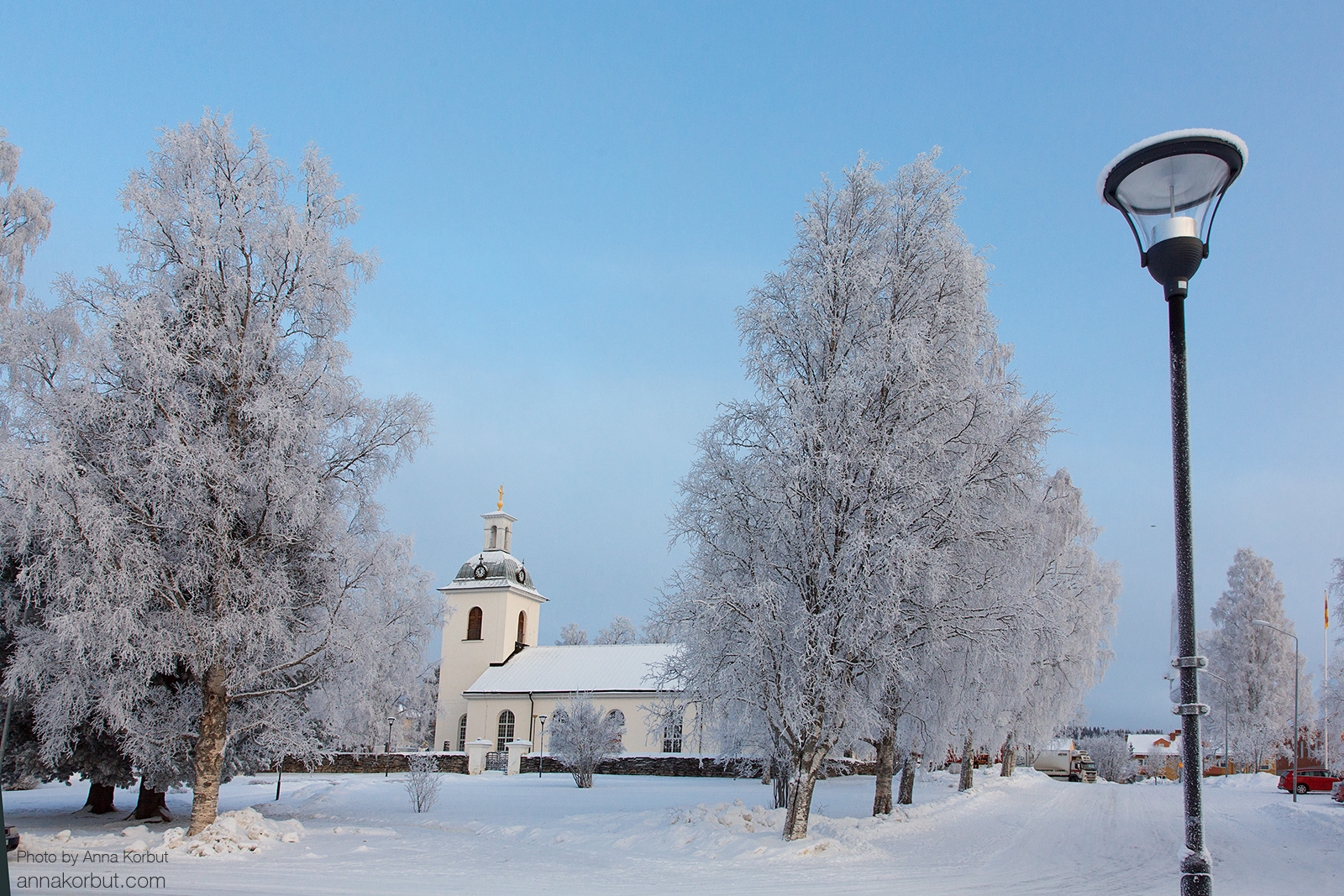
Cross-country skiing
I was left with crisp, fresh impressions from skiing through the forest. Gliding alone on skis through the woods feels exhilarating and refreshing. The snow crunches beneath, and the frost nips at your cheeks. Narrow, light extensions of your legs glide smoothly along the trail.
The trees are covered in frost, and thick mist drifts over the frozen river. It was my first time seeing mist at -20°C. The sun highlights a halo in the haze, like a rainbow. I skied out onto the frozen lake — kilometres of white space and a hazy sunset.
On the snow, you can spot tracks of hares and foxes, while deer, moose, and wild boar roam the forests. Central Sweden is home to a quarter of Europe’s brown bear population. According to Swedish sources, these creatures are “peaceful and shy,” keeping well away from human settlements and hibernating through winter.
Meeting them alone and unprepared wouldn’t be ideal, but it’s comforting to know that in Sweden, wildlife peacefully coexists alongside people.
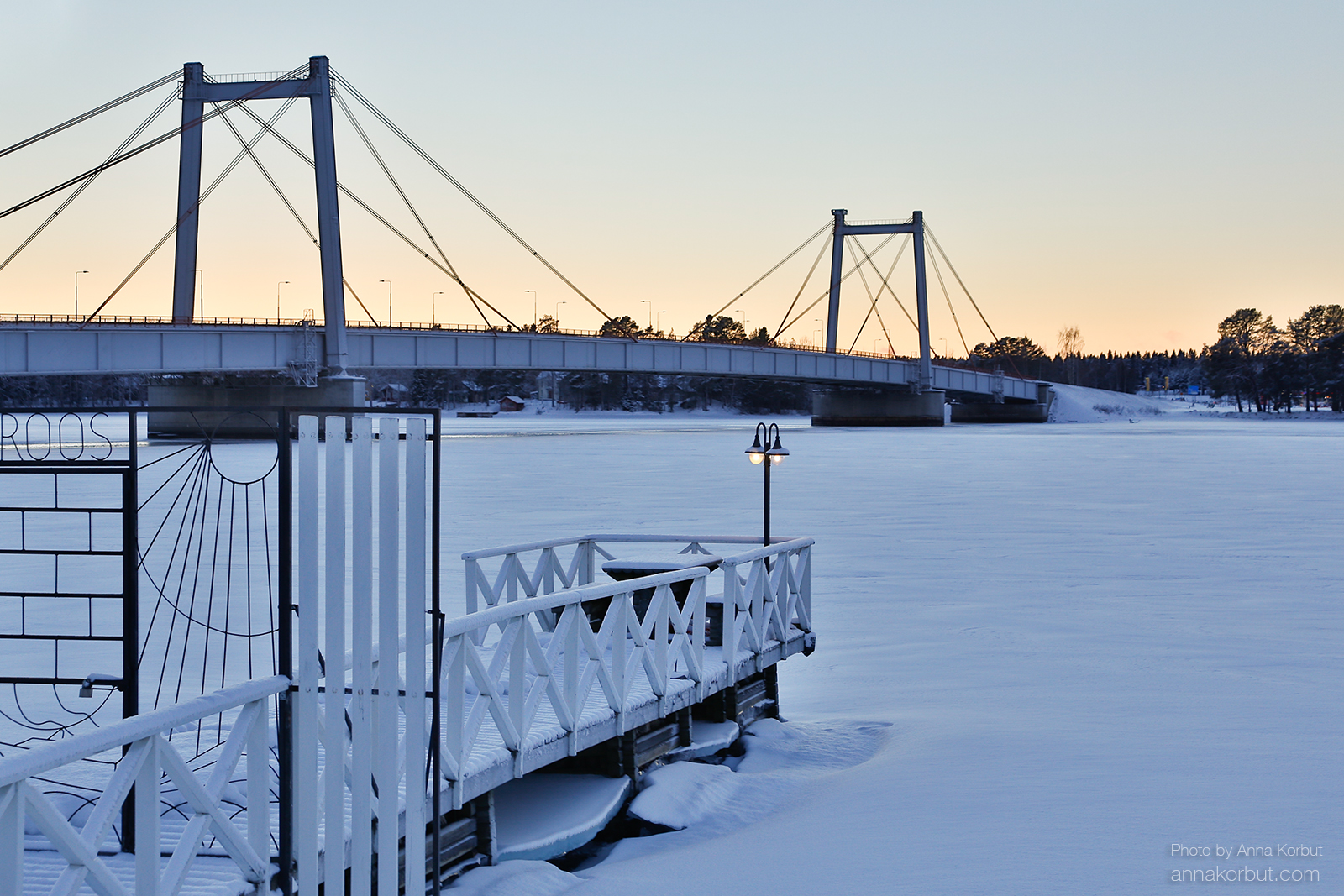
My top 5 winter activities in central Sweden:
-
Skiing alone through the forest on cross-country skis.
-
Searching for animal tracks in the woods.
-
Finding your own harmony in a house with a star in the window.
-
Visiting the local library, museum, gym, or swimming pool.
-
Gazing out the train window at the snowy landscapes.
